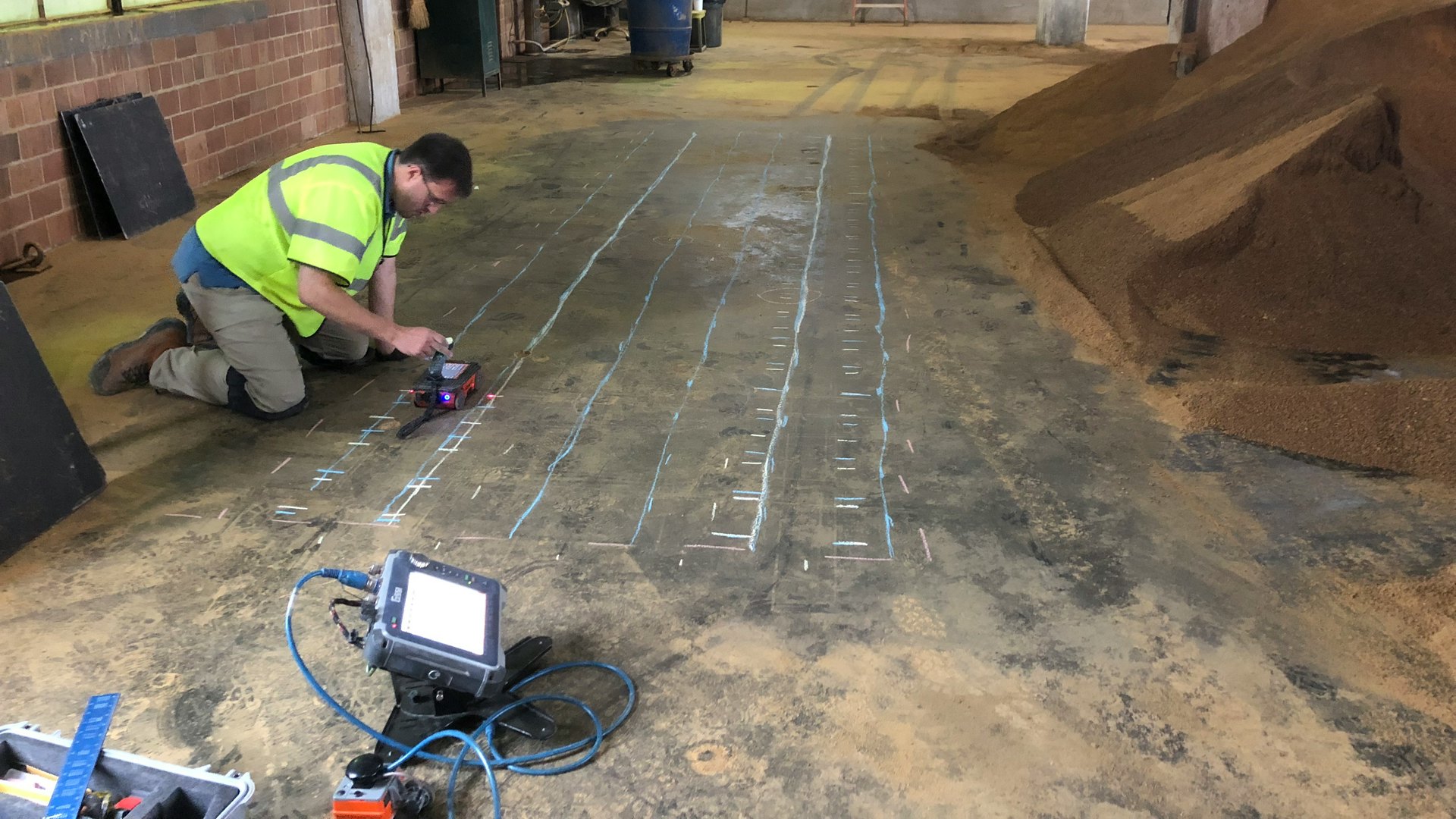Enhancing Project Planning and Execution With Advanced Concrete Scanning Methods
In the world of job planning and execution, foresight and accuracy are vital components that can make the difference in between success and troubles. Advanced concrete scanning strategies have become a sophisticated tool readied to boost the criteria of job monitoring within the construction industry. By utilizing cutting-edge innovation, these strategies offer a peek right into the structural integrity of a structure also prior to the first brick is laid. The implications of such developments are profound, guaranteeing a standard change in how projects are approached and delivered.
Benefits of Advanced Concrete Scanning Strategies

Improved Accuracy in Job Assessments
Enhancing job assessments with advanced concrete scanning methods significantly improves the precision and dependability of construction examinations. By employing advanced scanning technologies such as ground-penetrating radar (GPR) and 3D imaging, task teams can now get comprehensive understandings into the problem of concrete frameworks, determining possible flaws or weaknesses that might not show up to the naked eye. This improved degree of accuracy in project evaluations makes it possible for construction experts to make even more informed decisions relating to repair and maintenance methods, bring about improved overall job end results.
In addition, the enhanced accuracy in job analyses achieved with advanced concrete scanning methods assists in decreasing the threat of unforeseen issues during the building stage. By proactively identifying hidden anomalies within concrete structures, such as rebar corrosion or voids, project teams can deal with these problems beforehand, staying clear of pricey hold-ups and revamp later on in the task lifecycle. Inevitably, the boosted precision in task analyses promoted by innovative concrete scanning strategies adds to better performance, cost-effectiveness, and top quality in building and construction tasks.
Very Early Recognition of Structural Challenges
Early detection of architectural obstacles plays a critical duty in making certain the honesty and security of concrete structures throughout the construction process. Recognizing possible problems at a beginning enables prompt treatment, protecting against pricey rework, routine delays, and safety hazards. Advanced concrete scanning strategies, such as ground-penetrating radar (GPR) and 3D imaging, allow project teams to reveal concealed problems, voids, support design discrepancies, and various other abnormalities that could endanger the framework's security.
By applying these methods throughout the preparation and execution stages, construction specialists can proactively attend to structural obstacles prior to they escalate right into major problems. For example, identifying insufficient concrete cover over reinforcement bars early on can stop deterioration and architectural weakening in the long run - RainierGPR Service Areas. Furthermore, identifying variants in concrete density or density can aid enhance material use and guarantee consistent strength buildings across the framework

Inevitably, early recognition of structural obstacles through sophisticated concrete scanning not only boosts the overall high quality and longevity of the building yet also adds to a more secure built setting for occupants and customers.
Boosted Safety Steps in Building
The implementation of robust safety and security protocols is essential in the building sector to mitigate risks and secure the health of employees and stakeholders. Building and construction sites are inherently dangerous settings, with possible dangers varying from drops and tools breakdowns to structural failures. To enhance security procedures, building and construction firms are significantly taking on technical advancements such as wearable devices that keep track of workers' important indications and spot prospective health and wellness issues in real-time. Additionally, the usage of drones for website monitoring enables for normal safety inspections without putting personnel in harm's way. Safety training programs have also advanced to consist of digital fact simulations that supply hands-on experience in taking care of emergency situation circumstances. Furthermore, the integration of synthetic intelligence in safety and security monitoring systems makes it possible for positive identification of potential threats, permitting prompt treatments. By prioritizing safety through the unification of innovative innovations and detailed training programs, building projects can significantly lower crashes and produce a secure functioning atmosphere for all included - RainierGPR Service Areas.
Streamlining Task Administration Processes
To maximize operational effectiveness and make certain task success in the construction market, an emphasis on improving job monitoring processes is necessary. By implementing effective task monitoring processes, building jobs can decrease delays, decrease expenses, and boost overall productivity. One crucial facet of streamlining project administration is using innovative modern technologies such as Structure Details Modeling (BIM) software, which enables real-time partnership, clash detection, and precise task organizing. Additionally, the adoption of cloud-based job administration systems permits for smooth interaction amongst employee, instant access to project data, and the capability to track progress in real-time.

Conclusion
In final thought, the usage of innovative concrete scanning techniques provides countless advantages for task preparation and implementation. These strategies provide improved accuracy in job analyses, early identification of structural difficulties, boosted precaution in building and construction, and structured task management processes. Integrating these techniques right into task operations can ultimately cause extra successful and efficient results in building jobs.
Inevitably, the boosted precision in task analyses facilitated by advanced concrete scanning techniques contributes to greater efficiency, cost-effectiveness, and quality in construction projects. RainierGPR Service Areas.
To optimize operational performance and make certain task success in the building and construction sector, an emphasis on improving project monitoring processes is essential. By applying efficient task administration processes, construction projects can decrease hold-ups, minimize expenses, and improve overall see this site performance. By Recommended Site simplifying project administration processes via modern technology combination, clear interaction, and data-driven techniques, building tasks can achieve better performance, cost-effectiveness, and successful results.
These techniques supply better accuracy in job analyses, early recognition of structural obstacles, enhanced security actions in construction, and structured task management processes.